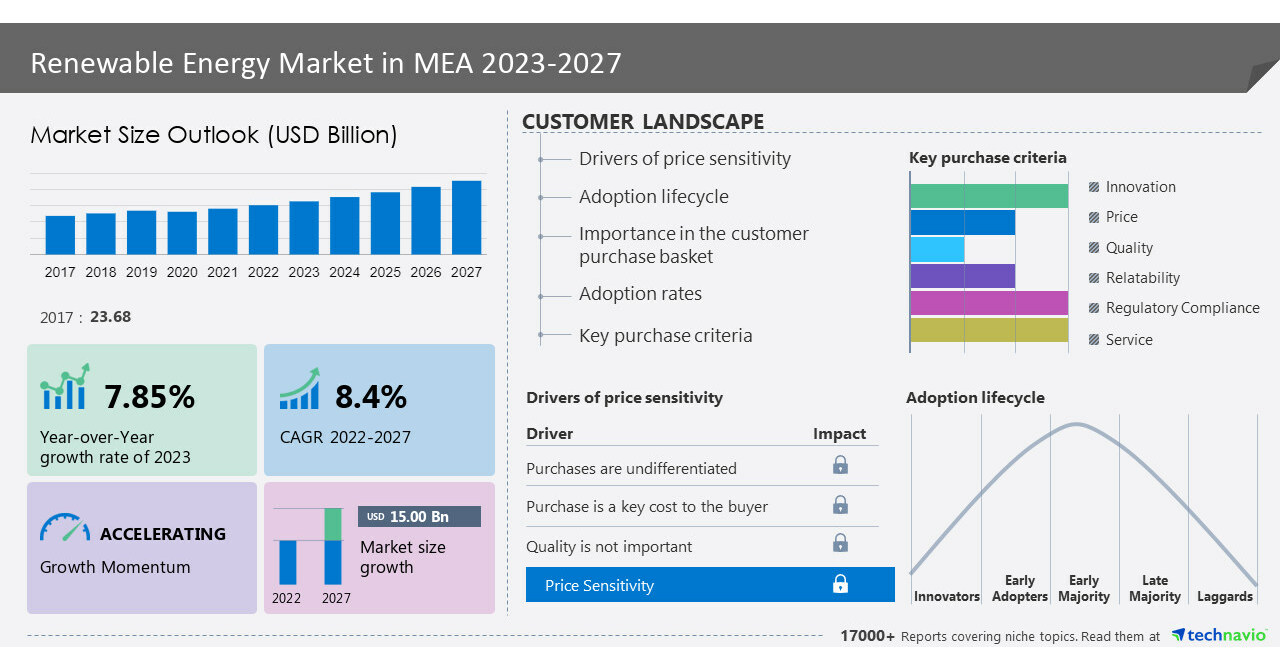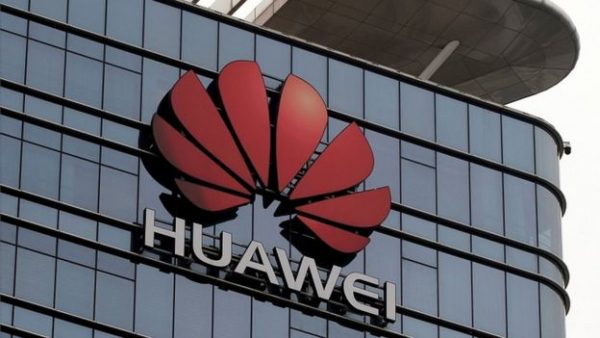Market Expansion and Drivers
The Middle East and Africa (MEA) Renewable Energy Market are set to witness substantial growth, with a projected increase of USD 15.00 billion and a commendable 8.4% Compound Annual Growth Rate (CAGR) from 2022 to 2027, according to the latest Technavio report. The primary impetus behind this surge is the escalating energy demand in the Middle East and Africa, although challenges from alternative energy sources could pose hurdles to market growth.
Key Players and Analysis
Technavio’s comprehensive analysis includes insights into 20 prominent companies in the MEA renewable energy market, featuring industry leaders like Acciona SA, ACWA Power International, and ENGIE SA. These companies play a pivotal role in shaping the region’s renewable energy landscape.
Residential Segment and Environmental Implications
The residential segment is poised for significant expansion during the forecast period. Increased energy consumption in households brings environmental challenges such as air pollution and the greenhouse effect. Shifting to clean energy sources emerges as a crucial strategy to address rising energy needs while ensuring sustainability and environmental responsibility.
Transformative Shift and Solar Projects
The MEA region, particularly the United Arab Emirates (UAE), is undergoing a transformative shift in energy dynamics. Solar energy projects are flourishing, driven by initiatives like the Pan Arab Clean Energy Initiative and support from organizations like the International Renewable Energy Agency. Noteworthy advancements include Solar PV installations, with innovative projects like E-trees blending technology and sustainability.
Collaborative Efforts for a Greener Future
Despite the positive strides, challenges persist, as highlighted by the Global Energy Monitor. Collaborative efforts among Arab countries are imperative to overcome barriers and propel the MEA region toward a sustainable and greener future.
In conclusion, the MEA renewable energy market presents substantial opportunities for growth, driven by increased energy demands, technological advancements, and strategic collaborations.
Source:prnewswire.com





